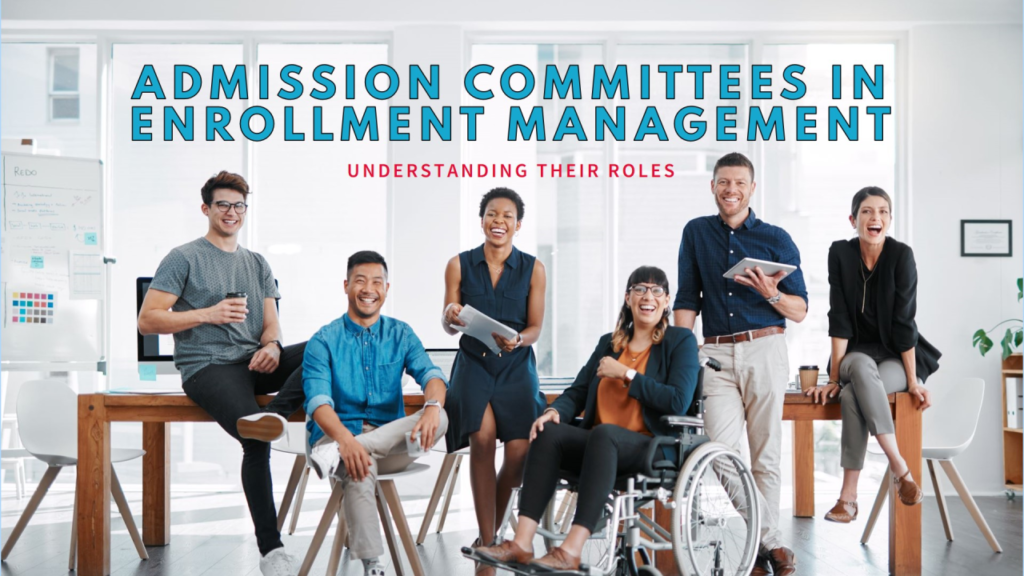The Storytelling Secret: How to Stand Out at Student Fairs
Imagine you’re at a buffet. There are 30 different dishes laid out before you. Each one looks… fine. But nothing really catches your eye. You sample a bit here and there, but nothing sticks in your memory. Now, what if one of those dishes came with a story? “This pasta sauce? It’s my grandmother’s secret recipe, perfected over 50 years. She used to make it every Sunday for our family gatherings.” Suddenly, that pasta sauce becomes more than just another option. It becomes memorable. It connects with you on an emotional level. This, my friend, is the power of storytelling. And it’s exactly what you need to harness at your next student fair. The Pre-Fair Panel: Your 3-Minute Goldmine You’re sitting on a panel with six other school representatives. Each of you has 3-4 minutes to talk about your school. What do you do? If you’re like most, you’ll rattle off a list of achievements: “We have 15 sports teams!” “Our drama department puts on 4 shows a year!” “93% of our graduates get into their first-choice college!” Yawn. Here’s the problem: Everyone else is doing the same thing. You’re just adding to the noise. So, what’s the alternative? The 30-Second Fact Dash Start with a quick 30-second rundown of your key stats. Get them out of the way. But then… The 2.5-Minute Story Bomb Drop a story that encapsulates what your school is all about. Here are some ideas: The Shy Kid Transformation: How your orientation program turned an introvert into the student body president. The Writing Wonder: The journey of a student who hated writing to winning a national essay contest. The Cultural Bridge: How an international student found a second family at your school. Remember: Your goal isn’t to impress with facts. It’s to connect with emotions. The Fair: Your Story Buffet Now, the fair begins. Families are milling about, deciding which tables to visit. How do you stand out? Step 1: Set the Scene Create a visual that hints at your stories. Maybe it’s a photo of that shy kid giving a speech. Or a quote from the essay contest winner. Spark curiosity. Step 2: Ask, Don’t Tell When someone approaches, resist the urge to launch into your spiel. Instead, ask: “What’s the biggest thing you’re looking for in a school?” “What worries you most about transitioning into a new school?” Their answer is your cue. Step 3: Serve the Right Story Based on their response, serve up the most relevant story from your buffet: Worried about fitting in? Here’s how our mentorship program helped Sarah find her tribe. Concerned about academic pressure? Let me tell you about Alex’s journey from struggling student to dean’s list. Step 4: Keep it Snappy Remember the buffet analogy? You want to give them a taste, not the whole meal. Keep your stories short and punchy. Leave them wanting more. Step 5: The Take-Home Treat Have a brochure or card ready that continues the story theme. Instead of a list of facts, give them a “Day in the Life” snapshot or a collection of student quotes. Something they can digest later. The Psychology Behind the Strategy Why does this work? It’s simple: Stories are memorable. Facts aren’t. Stories evoke emotions. Lists don’t. Stories make you unique. Stats make you one of many. Your Homework Before your next fair: Collect 5-7 compelling stories from your school. Practice telling them in under 2 minutes each. Create visuals or takeaways that complement these stories. Remember, in a world of data, be the storyteller. In a sea of sameness, be the one they remember. Now, go out there and tell your school’s story. Trust me, they’re waiting to hear it.
The Storytelling Secret: How to Stand Out at Student Fairs Read More »










